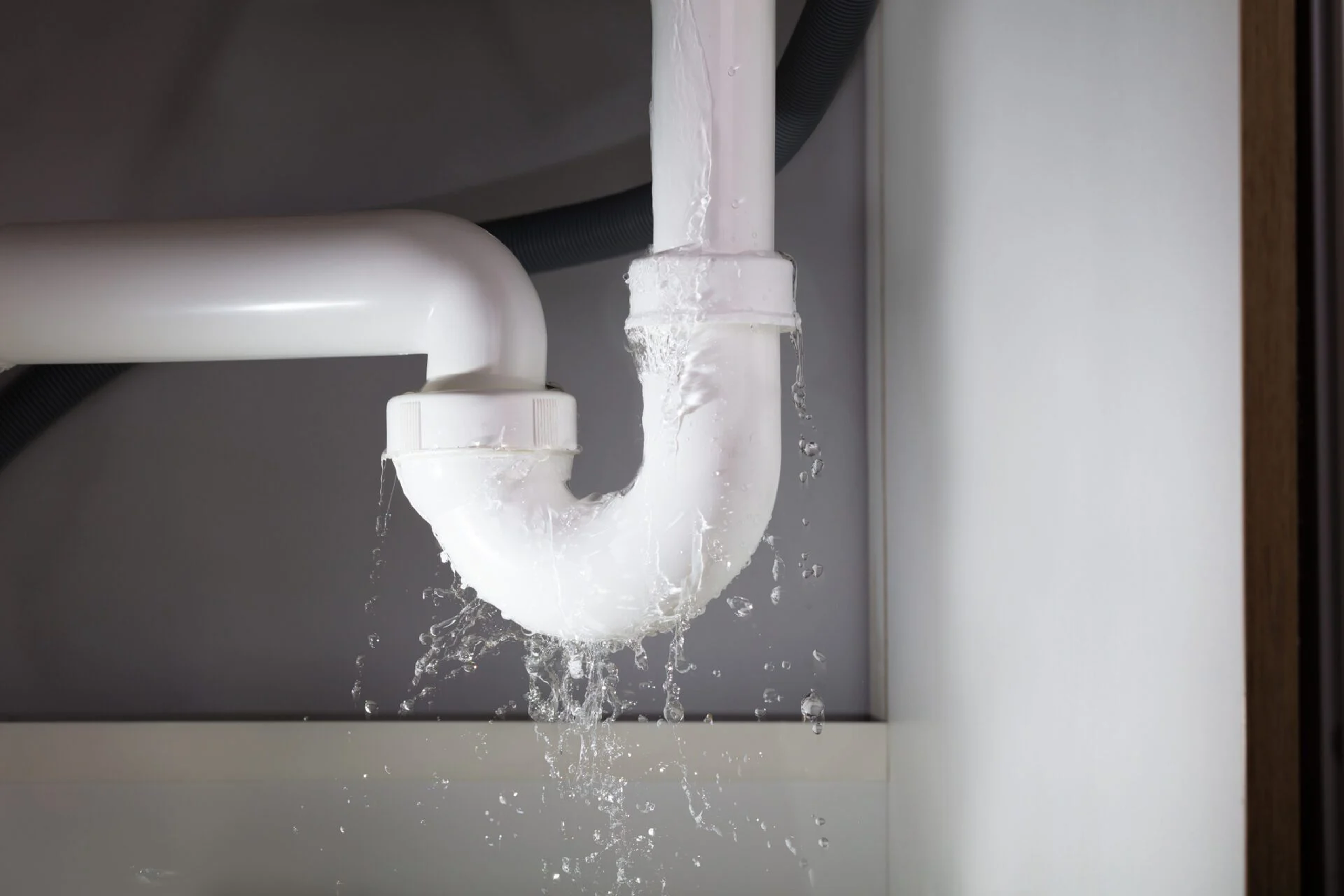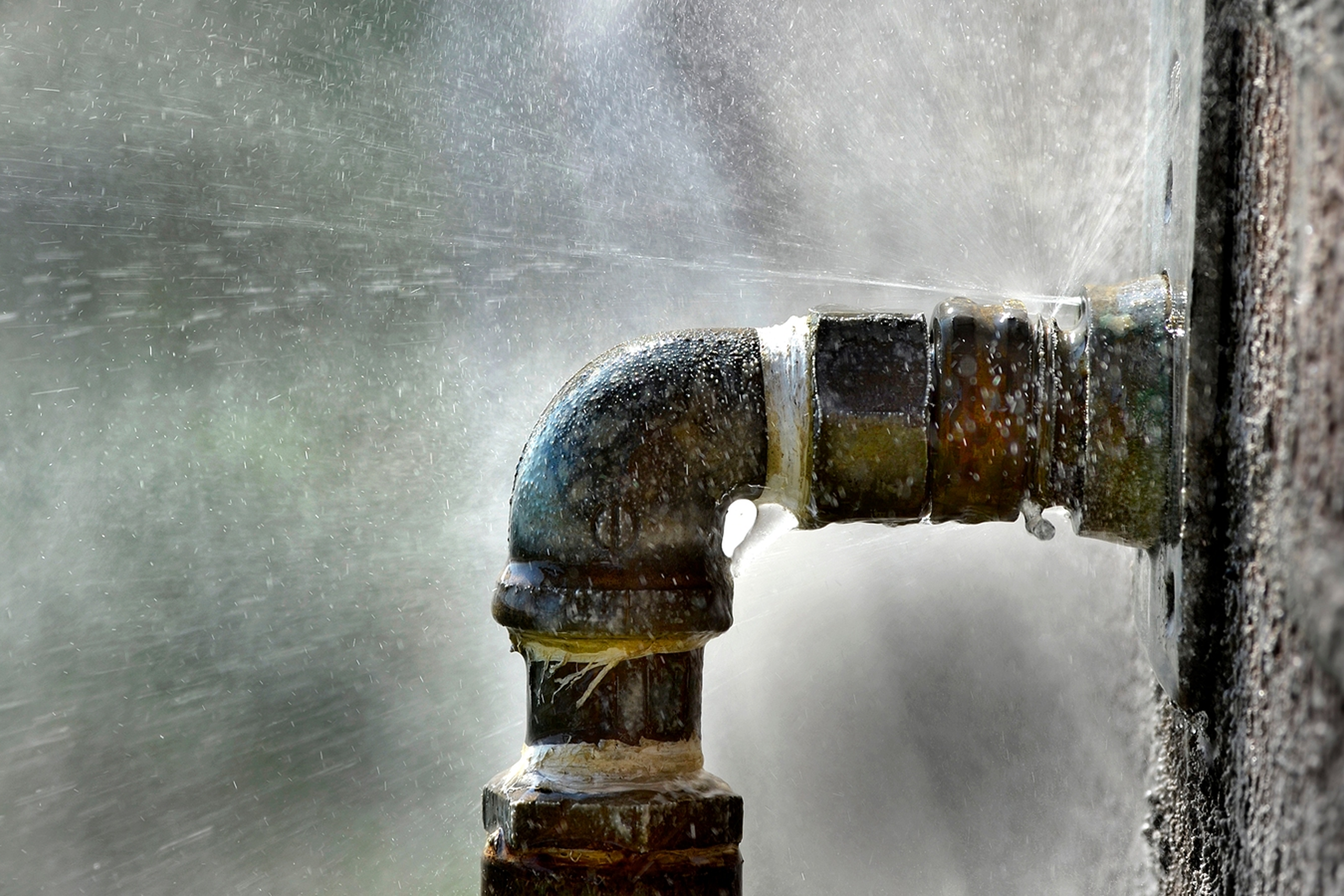Water leaks are more than just a nuisance. They can cause extensive damage to your property, increase your utility bills, and lead to unhealthy mould growth. While obvious leaks are easy to spot — like a dripping tap or water pooling beneath a sink — hidden leaks are trickier. They may go undetected for weeks or even months, causing unseen damage behind walls, under floors, and in ceilings.
In this article, you’ll learn how to detect hidden water leaks in your home, the most common warning signs, DIY detection methods, professional techniques, and preventative measures. By the end, you’ll know exactly what to look for and when to call a professional plumber.
Why It’s Important to Detect Hidden Water Leaks
Hidden leaks can be incredibly costly if left untreated. Here’s why:
Property damage – Leaks can weaken wooden beams, damage plaster, and erode concrete.
Mould growth – Damp conditions create the perfect environment for mould, which can trigger respiratory issues.
Increased bills – Even a small leak can waste hundreds of litres of water each month, adding unnecessary costs.
Structural risk – Long-term leaks may compromise the stability of walls or flooring.
Simply put, knowing how to detect hidden water leaks in your home can protect both your wallet and your health.
Common Causes of Hidden Water Leaks
Before you can detect leaks, it’s useful to understand what causes them.
Aging pipework – Corrosion, rust, or mineral buildup can cause leaks over time.
High water pressure – Constant pressure can weaken pipe joints.
Clogged drains – Blockages may cause water to back up and leak through weak spots.
Seasonal temperature changes – Pipes can expand and contract, leading to cracks.
Faulty appliances – Washing machines, boilers, and dishwashers often develop small, unnoticed leaks.
Poor installation – Low-quality DIY work or rushed plumbing jobs may leave weak seals.
Warning Signs of a Hidden Water Leak
1. Unexplained High Water Bills
If your water usage suddenly spikes without changes in your household routine, a hidden leak could be the culprit.
2. Damp or Musty Smells
Persistent odours in cupboards, basements, or under sinks often signal trapped moisture.
3. Stains and Discolouration
Brown marks, bubbling paint, or peeling wallpaper are strong indicators of water damage behind walls.
4. Warped or Sagging Floors
Moisture causes wooden floors to swell and laminate to lift.
5. Drop in Water Pressure
A leak in the system means less water reaches your taps and showers.
6. Mould or Mildew
Recurring mould in the same spot, despite cleaning, often means a hidden leak is feeding it.
7. Sounds of Running Water
If you hear dripping or hissing sounds when taps are off, investigate further.

DIY Methods to Detect Hidden Water Leaks
Check the Water Meter
Turn off all taps and appliances.
Note the reading on your water meter.
Wait two hours without using water. If the meter changes, there’s a leak.
Food Colouring Test for Toilets
Add food dye to the toilet cistern. If colour appears in the bowl without flushing, your toilet is leaking.
Visual Inspection
Look under sinks, behind appliances, and around boilers. Even small puddles or damp spots are clues.
Night-time Listening Test
When your house is quiet, listen for running water, dripping, or hissing behind walls.
Compare Water Usage
Check your water bill against previous months. Any unexplained increase is a red flag.
Professional Leak Detection Methods
If DIY methods don’t reveal the problem, professional plumbers have specialist tools:
Thermal Imaging Cameras – Detect temperature differences caused by water leaks inside walls or floors.
Acoustic Leak Detectors – Amplify the sound of water escaping under pressure.
Moisture Meters – Pinpoint damp areas within walls, ceilings, and flooring.
Endoscopic Cameras – Flexible cameras inserted into small cavities to locate leaks directly.
Professional detection saves time and reduces the need to tear apart large sections of your home.
How to Detect Hidden Water Leaks in Your Home: Room-by-Room
Kitchen
Inspect the space beneath sinks for pooling water.
Check washing machine and dishwasher hoses for drips.
Look behind refrigerators with built-in water dispensers.
Bathroom
Watch for toilets that run continuously.
Inspect grout lines, tiles, and sealant for cracks.
Check under the bath panel for dampness.
Loft and Roof Space
Look for damp insulation or stained rafters.
Examine roof tiles for cracks or gaps.
Basement or Crawl Space
Check for standing water or high humidity.
Inspect exposed pipework for rust or leaks.
Garden and Exterior
Look for unusually green patches of grass that could indicate an underground pipe leak.
Test outdoor taps and irrigation systems.

Hidden Water Leaks and Your Health
It’s easy to think of leaks as just a property issue, but they also impact your health. Hidden moisture often leads to mould and mildew growth, which release spores into the air. Prolonged exposure can cause:
Respiratory irritation and allergies
Asthma flare-ups
Persistent coughs or throat irritation
Skin rashes and eye irritation
Children, the elderly, and anyone with a weakened immune system are especially at risk. Detecting and fixing hidden water leaks is therefore not just about property maintenance — it’s about creating a safe living environment.
Insurance and Hidden Water Leaks
Many homeowners assume their insurance will automatically cover water damage. However, most insurers distinguish between sudden, accidental damage (like a burst pipe) and gradual leaks (like a slow drip behind a wall). The latter is often excluded because it’s considered a maintenance issue.
This means detecting hidden water leaks early can save you from:
Claim denials
Increased premiums
Costly out-of-pocket repairs
To stay protected, check your home insurance policy carefully and keep records of plumbing inspections.
Smart Technology for Leak Detection
Thanks to advances in home technology, you can now detect leaks before they become disasters. Popular options include:
Smart water leak detectors – Battery-powered devices placed under sinks or appliances. They send alerts to your phone when moisture is detected.
Automatic shut-off valves – These systems monitor water flow and automatically stop supply if they detect unusual patterns.
Wi-Fi enabled water meters – Provide real-time data on household water usage, helping you spot leaks instantly.
These devices are a great long-term investment, especially for busy households or second homes that may sit unoccupied for weeks at a time.
Seasonal Risks: Winter Water Leaks
In the UK, winter brings a higher risk of hidden leaks due to frozen pipes. When water expands as it freezes, pipes may crack, but the leak often doesn’t appear until temperatures rise again.
Signs of winter-related leaks include:
Damp patches near external walls
Reduced water flow during cold snaps
Gurgling or banging sounds from the pipes
Prevention is key: insulate exposed pipes, keep your heating at a steady low temperature during cold spells, and drain outdoor taps before frost sets in.
Eco-Friendly Benefits of Detecting Hidden Leaks
Leaks aren’t just bad for your home and wallet; they waste huge amounts of water. According to Water UK, the average household leak can waste over 14,000 litres annually.
By fixing leaks promptly, you:
Reduce strain on local water supplies
Lower your household’s carbon footprint
Support sustainable water usage in your community
If you’re aiming for an eco-conscious home, leak detection is one of the simplest steps you can take.
The Cost of Ignoring Hidden Water Leaks
Leaving leaks unchecked can cause expensive repairs:
Replacing flooring: £500–£1,500+
Plaster and wall repair: £200–£500
Mould remediation: £800–£2,000+
Structural repairs: £5,000+
By contrast, professional leak detection often costs a fraction of the damage it prevents.

Preventing Hidden Water Leaks in the Future
Schedule annual plumbing inspections.
Install smart water leak detectors with alarms.
Replace worn appliance hoses regularly.
Insulate pipes to prevent freezing and cracking.
Keep an eye on your water bills for unusual spikes.
When to Call a Professional Plumber
Call a professional if:
DIY methods fail to identify the leak.
You notice recurring damp patches.
Water pressure continues to drop.
There’s a suspected mains water leak.
A licensed plumber has the expertise and equipment to resolve the issue quickly and effectively.
Final Thoughts
Learning how to detect hidden water leaks in your home empowers you to protect your property, save money, and avoid serious damage. Start with simple DIY checks, but don’t hesitate to call in a professional if the problem persists.
Catching leaks early is the best way to ensure your home stays safe, dry, and structurally sound.








